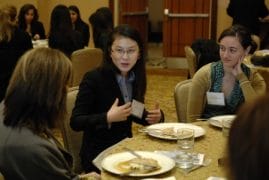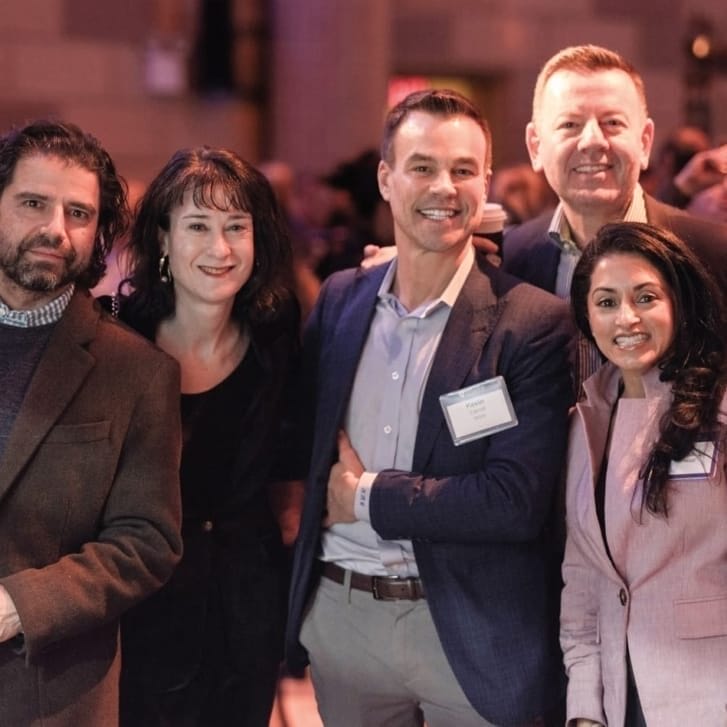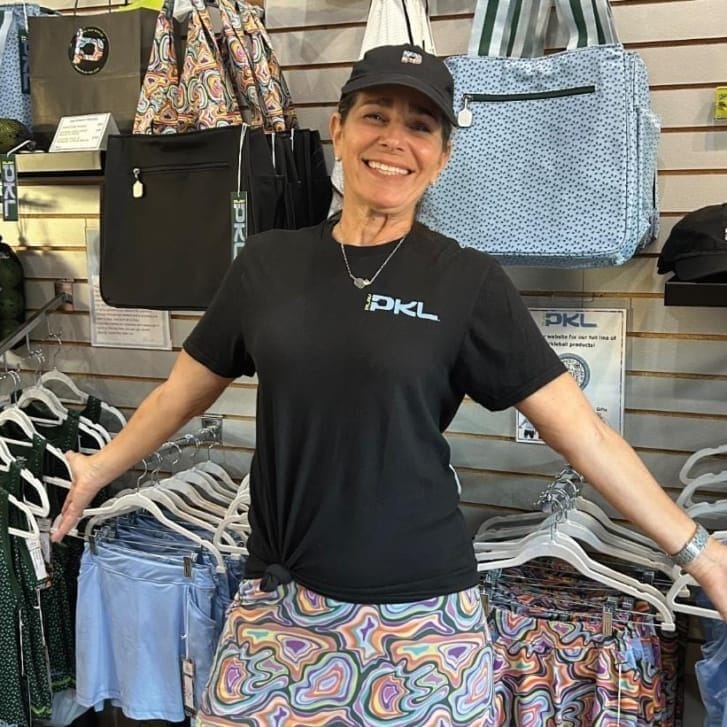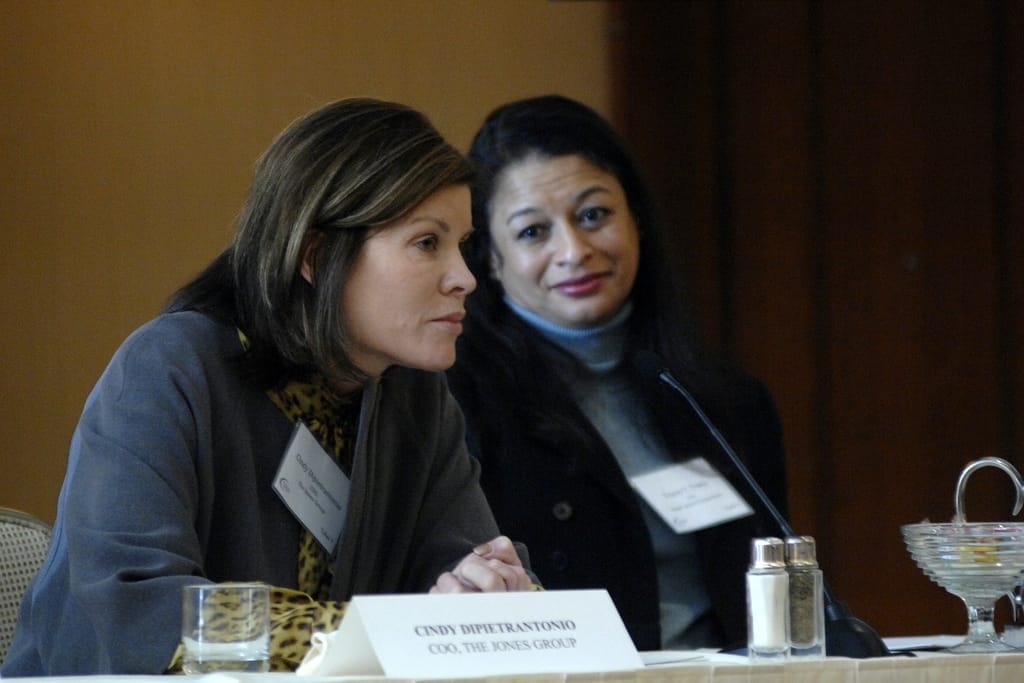A writer, an engineer and an artist walk into January’s Wharton Women Business Conference. What knowledge do they have to share with the dozens of future business leaders in attendance?
Because the women in question are the vice president of public relations at Hearst Publications, the chief financial officer of Ralph Lauren Corp. and the chief operating officer of The Jones Group, the answer is simple: a lot.
Career launch and the development of leadership skills were among the panelists’ priority topics. Overwhelmingly, the conference speakers agreed that they would not have advanced in their careers if they had not been flexible with their career choices or taken advantage of opportunities. Cindy Dipietrantonio, COO of the Jones Group, never intended to work in business and, in fact, worked as a painter after earning her BFA. But she decided to test the corporate waters, and she landed a job as a designer at the Jones Group. Soon after, Dipietrantonio was presented with the opportunity to work in operations. Her career steadily progressed.
“I never, from that point, went back to a creative role,” she says. “The lesson is not to box yourself in. Be flexible and open minded. Because I can tell you: I have a passion for the business, and I truly love what I do, even though I’m not painting every day.”
Tracey Travis, CFO of Ralph Lauren, echoed Dipietrantonio’s sentiments. Having launched her career in engineering at GM, she drifted away from her original ambitions of managing an assembly operation and started a career in finance. She said one of her keys to success as a female leader in business was cultivating her influence skills early in her career.
“Even when I wasn’t directly responsible for a team, I made sure I was at the core of aligning the team to get results,” she said.
The panelists also said that presenting a demeanor of confidence is vital to a leader’s success.
“If you go into a meeting and you act authoritative, that goes a long way,” said Jessica Kleiman, vice president of public relations at Hearst Publications. “Women in particular tend to be more tentative at times, but you have to walk in with a sense of confidence. Colleagues will respond to that confidence.”

Students at the Wharton Women Business Conference. Photo by Alyssa Cwanger.
The three speakers epitomize the success women can achieve in the corporate world. Yet we have not finished traveling the road to gender equality. The 2011 Catalyst Census notes that women hold just 14.1 percent of executive officer positions in American companies and 16.1 percent of board seats at Fortune 500 companies. When compared with data from the past six years, it is evident that high-level leadership opportunities for women have virtually come to a standstill. This is despite the fact that data from Catalyst, a nonprofit dedicated to expanding opportunities for women in business, shows that corporations that have more equitable distribution of male to female board members significantly outperform companies that do not.
(Editor’s note: You can view all of the photos from the Wharton Women Business Conference on the Wharton Flickr channel.)


























